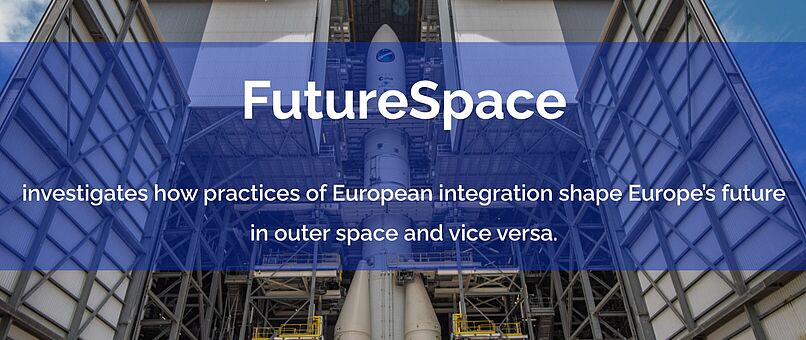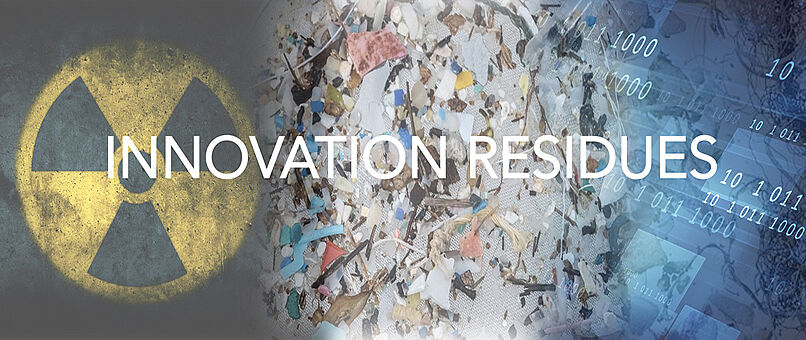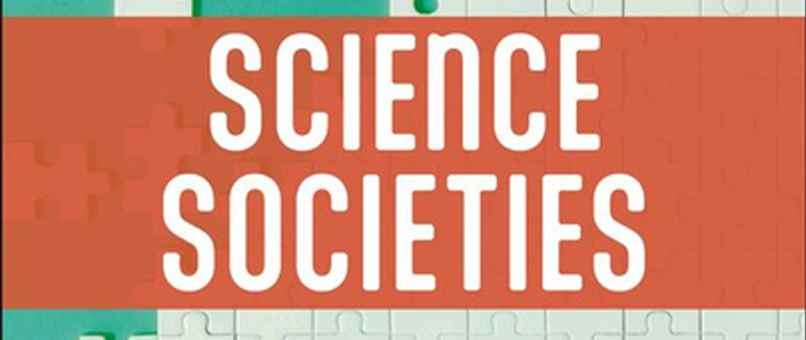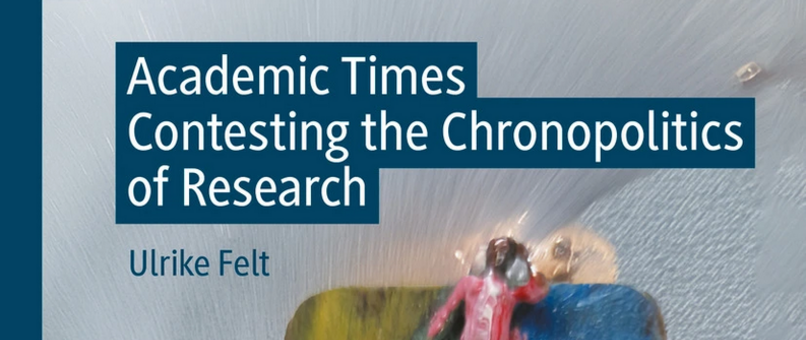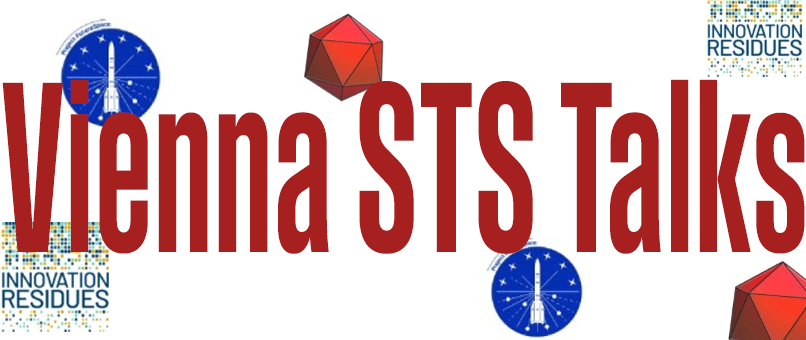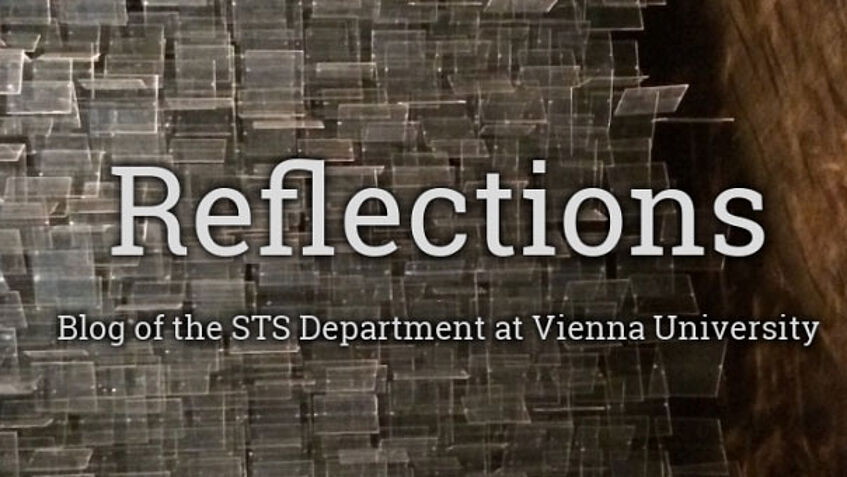Department of Science and Technology Studies
Science, technology and innovation shape life in modern societies in countless ways. Some of these are perceived as positive, others are deeply controversial. In turn, policy, corporations, the media and other societal actors influence how knowledge and technologies are produced. Science and technology studies analyzes these interactions, and aims to foster critical and reflexive debates on the relations of science, technology and society.

